Consult with our experts to pick your prefect rug delivered to your door step.
Or start with the one closest to your desire from our catalogue, we will provide you with all the possible options
Showing 1–9 of 507 resultsSorted by popularity
Or start with the one closest to your desire from our catalogue, we will provide you with all the possible options
Historical and Cultural Significance of Moud Rugs
Moud rugs originate from a region celebrated for its lush garden motifs and the celebrated Herati pattern. Their storied background reflects a blend of nomadic influences and settled traditions, resulting in a unique heritage that honors both the transient beauty of nature and the permanence of cultural craftsmanship. Over the centuries, Moud rugs have become synonymous with the iconic Herati design, which is renowned for its elegant interlacing of floral and geometric elements. This design evolution mirrors the rich history of Persian floral and geometric art, capturing the essence of Persian gardens and the refined artistry that has been passed down through generations.
Distinctive Design Elements of Moud Persian Rugs
Moud rugs are distinguished by their exquisite garden motifs. Their designs typically feature:
Intricate Patterns: Detailed depictions of vines, leaves, and flowers create a visual narrative that celebrates nature’s bounty.
Herati Elements: The repeated use of the Herati pattern, including a central medallion or symmetrical, repeated figures, underscores the rug’s cultural lineage.
Balanced Composition: Despite the complexity of the designs, each rug is carefully balanced with repeating geometric figures that evoke the harmonious layout of Persian gardens.
Color Palette: The typical color scheme incorporates natural, earthy tones accented with vibrant hues, which together evoke a sense of organic beauty and refined elegance.
Materials and Craftsmanship of Moud Persian Rugs
Moud rugs are primarily woven using high-quality wool, which provides a soft yet durable base ideal for showcasing intricate patterns. In some premium pieces, silk accents are interwoven to enhance the visual and tactile appeal. Key aspects of their craftsmanship include:
Moderate to High Knot Density: This ensures that even the most detailed designs are rendered with precision, allowing the complex garden motifs to stand out.
Traditional Persian Knotting Techniques: These methods are crucial in achieving crisp, defined patterns while maintaining the rug’s durability. The result is a pile that not only highlights the fine detailing but also endures regular use.
Enduring Quality: The combination of robust materials and meticulous hand-knotting techniques ensures that each Moud rug is built to last, making it both a functional floor covering and a collectible piece of art.
Room Suitability and Aesthetic Impact
Moud carpets are versatile and work beautifully in a variety of settings where artistic detail is desired. Their garden-inspired designs add a refreshing touch of nature to any space, making them ideal for:
Formal Living Rooms: Acting as a focal piece that ties together natural and elegant interior design elements.
Dining Rooms: Enhancing the ambiance with their intricate patterns, which can transform a dining area into a space of artistic and cultural dialogue.
Formal Entryways: Offering a warm and inviting welcome that reflects both traditional artistry and modern sophistication.
Upscale Commercial Spaces: Suitable for boutique settings or luxury offices where style and durability are both prized.
Investment and Value Considerations of Moud Rugs
Positioned in the mid-range price segment, Moud rugs offer an appealing balance between affordability and high-end craftsmanship. Their value is derived from:
Intricate Design Work: The detailed garden motifs and traditional Herati elements make each rug a unique piece of art.
Quality Materials: The use of fine wool, and occasionally silk, along with a high knot density, contributes to both the aesthetic appeal and longevity of the rug.
Cultural Significance: Owning a Moud rug is an investment in Persian heritage, reflecting a deep-rooted artistic tradition that continues to be appreciated by collectors and interior designers alike.
Why Choose a Moud Rug?
Choosing a Moud rug means embracing a piece that beautifully evokes the splendor of Persian gardens while offering the practicality and durability of a hand-knotted carpet. Buyers searching for keywords like “buy Moud Persian rug” are often drawn to these pieces for their ability to seamlessly blend traditional artistry with modern functionality. Whether you’re looking to enhance a formal dining room, create a captivating focal point in a living area, or add a touch of cultural heritage to your home, a Moud rug delivers a unique combination of artful design and enduring quality.
Maintenance and Care Tips for Moud Rugs
To preserve the intricate details and vibrant colors of a Moud rug, proper care is essential:
Vacuum Gently: Use a gentle setting to preserve the delicate garden motifs and avoid damaging the pile.
Regular Rotation: Rotate the rug periodically to ensure even wear and maintain its balanced appearance over time.
Spot-Clean Promptly: Address spills immediately using mild, natural cleaning agents, and avoid over-saturating the rug with water during cleaning.
Professional Cleaning: Consider professional cleaning services periodically to maintain the rug’s intricate patterns and overall integrity.
Recommended Settings for Moud Rugs
Moud carpets are perfectly suited for spaces that require a harmonious blend of nature-inspired beauty and cultural elegance:
Formal Dining Rooms: Their artistic garden patterns can enhance the dining experience, adding an air of sophistication and refined taste.
Living Rooms: Serving as a stunning focal piece, a Moud rug ties together natural and elegant interior design elements, creating a welcoming and stylish environment.
Upscale Entryways: Making a lasting impression, these rugs combine functionality with artistic appeal, welcoming guests with a touch of cultural heritage.
Embracing a Moud Persian rug means investing in a timeless piece of art that reflects the enduring beauty of Persian design. Its intricate garden motifs, traditional craftsmanship, and versatile appeal ensure that it not only elevates your home décor but also stands as a lasting symbol of cultural artistry and elegance.
As a family-owned Persian carpet shop, we bridge the gap between passionate collectors and skilled weavers, supporting both the artistry and the heritage of this timeless craft.
We guarantee fair prices for Original Authentic Persian Carpets
Address:
Shop No-GD 04, Dragon Mart 2 –
Dubai – United Arab Emirates
No.36 – 10th st. – Hafez Ave. –
Shiraz , Iran
Block 19 – Kooye Mohandesan –
Kish Island, Iran
Email info@letsgopersian.com
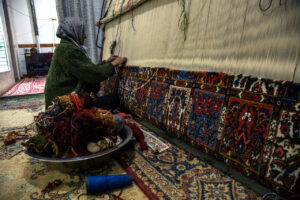
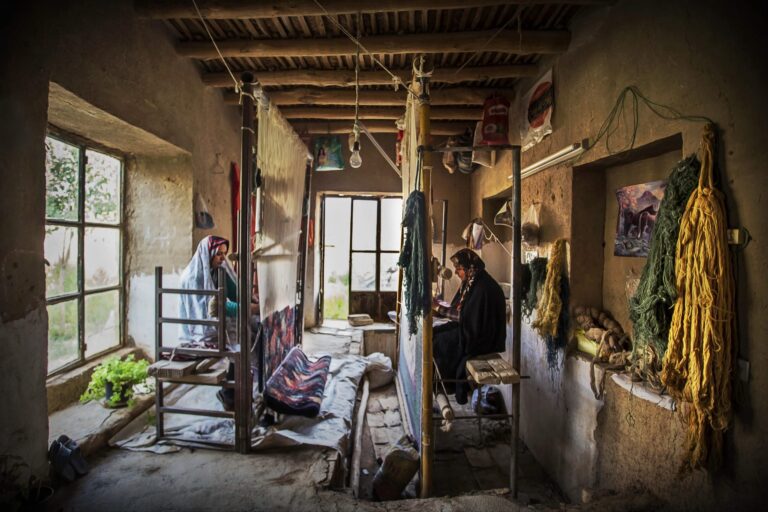
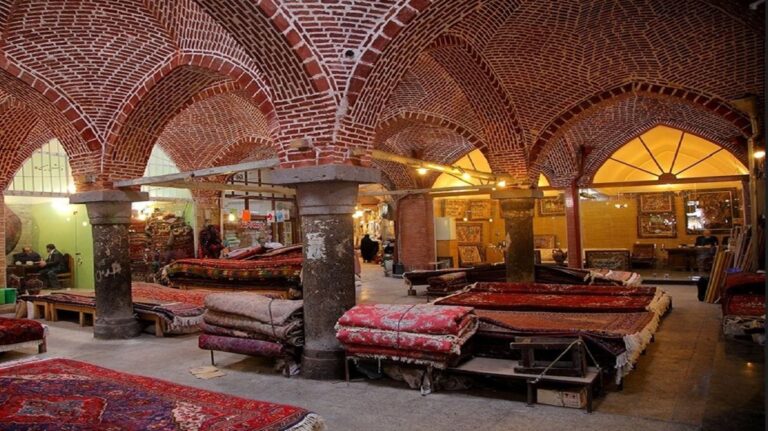
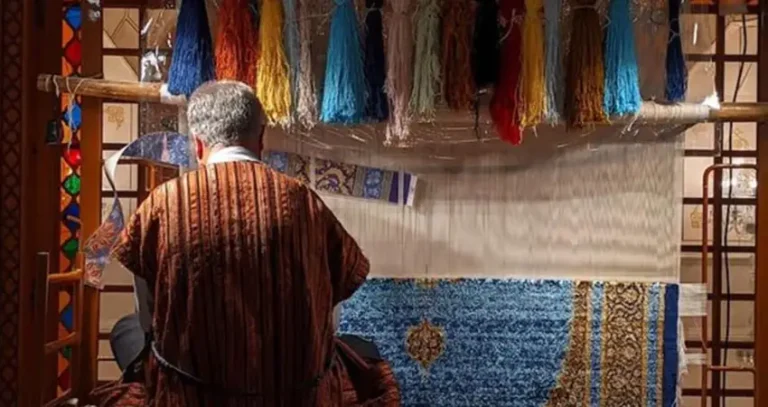
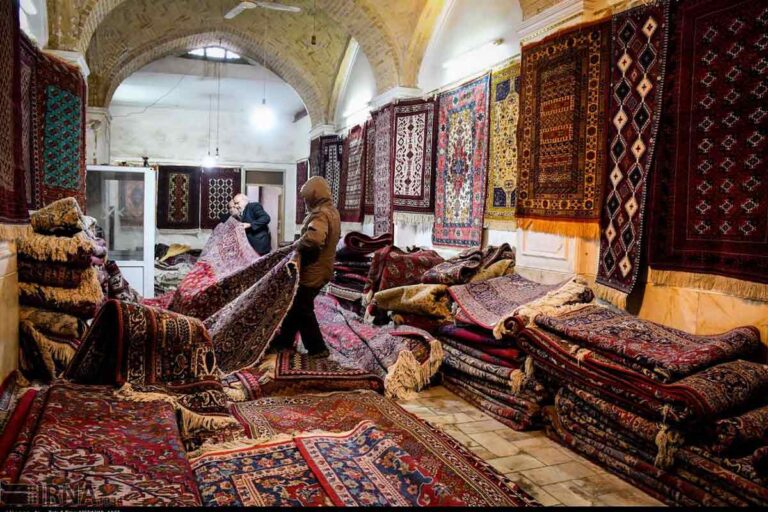
We bring you not just a carpet, but a masterpiece with a story — directly from the hands of Iranian artists to your home.
By working directly with artisans, we help preserve centuries-old traditions while offering our customers a chance to own a unique piece of original cultural heritage.